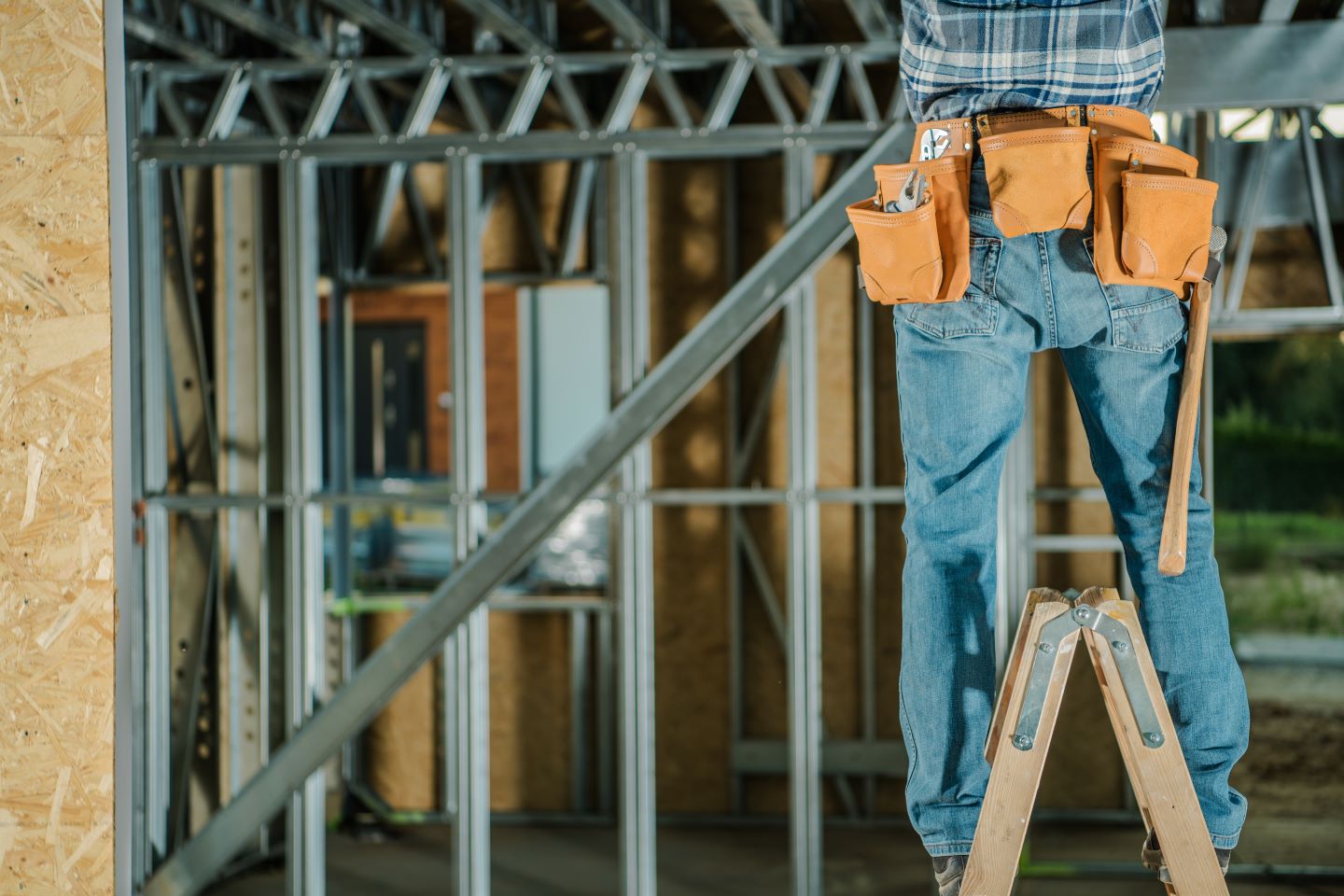Preventing Falls in the Workplace
When posed with the question, who requires Personal Protective Equipment (PPE) when working?, you likely answered those who work at extreme heights building bridges or workers cleaning the windows of an office building. Of course, you would be correct. However, what about those who are only working a few feet off the ground? You might be surprised to learn that falls from any height can be dangerous, and individuals working at a height of three meters or more, should always have protective gear.
According to Canadian Centre for Occupational Health and Safety, over 42,000 Canadian workers are injured on the job each year because of falls. Statistics from the same source report that 67% of falls happen on the same level resulting from slips and trips, and the remaining 30% are falls from a height.
Bureau of Labor Statistics, The US Department of Labor, reported that: “work related fatalities due to falls, slips, and trips increased 5.6 percent in 2021, from 805 fatalities in 2020 to 850 in 2021. Falls, slips, and trips in construction and extraction occupations accounted for 370 of these fatalities in 2021, and an increase of 7.2 percent from 2020 when there were 345 fatalities.”
No matter the workplace, accidents can happen. Therefore, it is important to consider the following to prevent falls:
- Investigate your work area.
- Are there locations from which someone could fall?
- What protections are in place to diminish the risk of a fall?
- Is there equipment readily available to stop a fall?
If an employee is working at a height of three meters or more, the employer should ensure the worker is utilizing the appropriate form of fall protection.
Common types of fall protection
Fall arrest system: consists of a full body harness and a shock absorbing lanyard. It may be attached to an anchorage or an anchorage lifeline.
Travel restraint system: where guard rails haven’t been installed, a restraint system may be used to restrict a workers travel distance and prevent them from getting too close to a roof edge.
Guardrails: commonly used on construction sites, guardrails protect workers from openings and roof edges. They must be attached to an edge, or as close to an edge as possible.
If rails must be removed for material handling, a fall restraint or fall arrest equipment must be worn by exposed workers.
Falls from heights
Working at heights can pose a serious risk of injury or death from falling. This includes working on or climbing a telecommunications tower or pole, a grain elevator, a ladder, a scaffold, or a vehicle.
Hazardous factors that can lead to an incident while working at heights include:
- Improperly maintaining safety devices and equipment.
- Failing to use safety devices provided.
- Working in poor weather conditions.
- Climbing on the material (e.g., warehouse racking) or machinery not intended for climbing.
- Carrying items in an unsafe manner while climbing.
- Placing a ladder or scaffold footing on unstable ground.
- Extending a ladder beyond the sections’ minimum overlap so that it is no longer stable.
- Leaning sideways from a ladder or over the edge of a floor opening to perform work.
- Working at heights for a prolonged period.
- Failing to wear proper non-slip footwear.
Employees and employers should follow these measures to help prevent accidents or deaths from falling from heights.
- Work from the ground using an extendable tool when possible.
- Install guardrails where possible.
- Use fall-protection equipment when working from locations over 2.4 metres high.
- Establish safe work procedures based on hazard assessments.
- Use proper safety devices and equipment (e.g., scissor or bucket lift, fall protection, ladder).
- Follow the manufacturer’s operation and maintenance instructions for safety devices (e.g., ladders, scaffolding, fall-protection system, and guardrails).
- Train employees on the use of all safety devices.
- Always maintain three points of contact (two hands and one foot or two feet and one hand) when climbing and working from a ladder, tower, or pole.
It is important to always check the legislated requirements for fall protection in your jurisdiction. Use of fall protection equipment requires extensive training by your workers due to the severity of injuries that have historically resulted from falls from heights. Many industries and companies use tighter rules and limits to prevent falls.
If you have questions about how to prevent falls and injury in your business, contact the Goal Zero team today.

